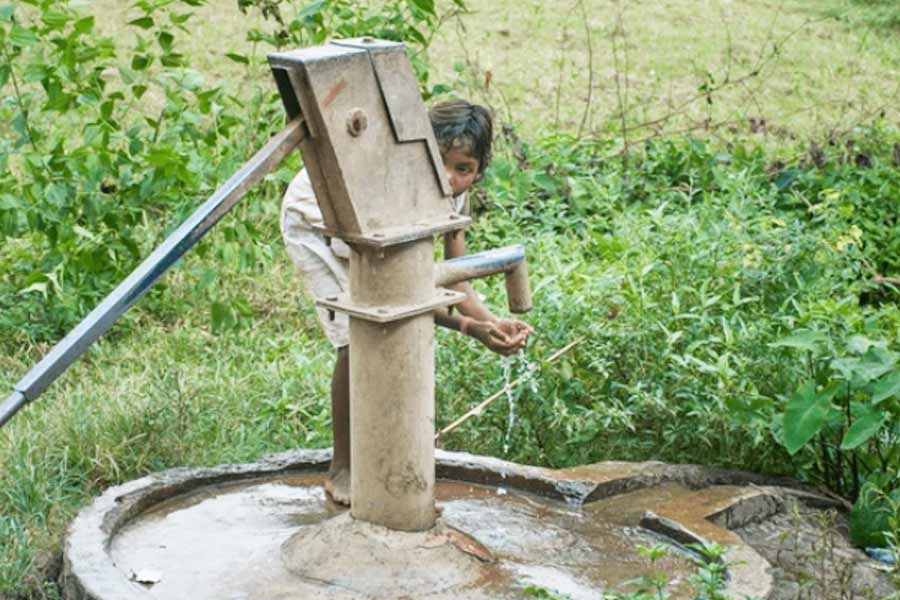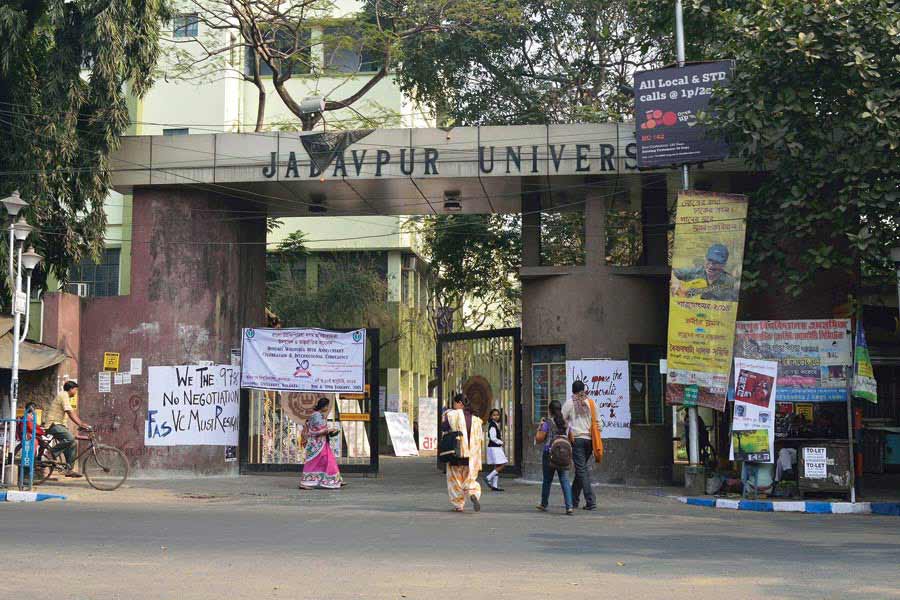High nitrate levels have been found in groundwater of 440 districts across India, with 20 per cent of the samples collected exceeding the permissible nitrate concentration, the Central Ground Water Board (CGWB) has said in a report.
Nitrate contamination is a significant environmental and health concern, particularly in agricultural regions using nitrogen-based fertilizers and animal waste.
The "Annual Groundwater Quality Report – 2024" also revealed that 9.04 per cent of samples had fluoride levels above the safe limit, while 3.55 per cent showed arsenic contamination.
A total of 15,259 monitoring locations were chosen nationwide to check groundwater quality in May 2023. Of these, 25 percent of wells (the most at risk per BIS 10500) were studied in detail. Groundwater was sampled at 4,982 trend stations before and after the monsoon to see how recharge affects quality.
The report found that 20 per cent of water samples exceeded the nitrate limit of 45 milligrams per liter (mg/l), the threshold set by the World Health Organisation (WHO) and Bureau of Indian Standards (BIS) for drinking water.
Rajasthan, Karnataka, and Tamil Nadu had over 40 per cent of samples above the limit while there was high contamination in samples from -- Maharashtra at 35.74 per cent, Telangana at 27.48 per cent, Andhra Pradesh at 23.5 per cent and Madhya Pradesh at 22.58 per cent.
Uttar Pradesh, Kerala, Jharkhand and Bihar reported lower percentages.
In Arunachal Pradesh, Assam, Goa, Meghalaya, Mizoram and Nagaland, all samples were within safe limits.
In states like Rajasthan, Madhya Pradesh, and Gujarat, nitrate levels have remained stable since 2015. However, Uttar Pradesh, Tamil Nadu, Andhra Pradesh and Haryana showed increasing contamination from 2017 to 2023, the CGWB said.
High nitrate levels can cause health issues like blue baby syndrome in infants and are unsafe for drinking.
Fifteen districts in India have been identified as the most affected by high nitrate levels in groundwater including Barmer and Jodhpur in Rajasthan; Wardha, Buldhana, Amravati, Nanded, Beed, Jalgaon, and Yavatmal in Maharashtra; Rangareddy, Adilabad and Siddipet in Telangana; Villupuram in Tamil Nadu; Palnadu in Andhra Pradesh; and Bathinda in Punjab.
High nitrate levels in groundwater can be a result of excessive irrigation which can push nitrates from fertilizers deep into the soil, the report said.
Poor management of animal waste in livestock farming adds to the problem, as it releases nitrates into the soil.
Urbanisation and population growth increase wastewater and sewage, which often contain high nitrate levels, while leaking septic systems and poor sewage disposal worsen contamination.
The report further said fluoride concentrations exceeding the permissible limit are a major concern in Rajasthan, Haryana, Karnataka, Andhra Pradesh, and Telangana.
Elevated arsenic levels (more than 10 parts per billion) were found in several states, particularly in the floodplains of the Ganga and Brahmaputra rivers.
This includes regions of West Bengal, Jharkhand, Bihar, Uttar Pradesh, Assam, and Manipur, as well as areas in Punjab and Rajnandgaon district in Chhattisgarh.
Long-term exposure to fluoride and arsenic contaminants can have severe health consequences, including fluorosis (from fluoride) and cancer or skin lesions (from arsenic).
A major concern in the groundwater quality report was also the elevated levels of uranium in several regions.
Forty-two per cent of samples with uranium concentrations exceeding 100 ppb (parts per billion) came from Rajasthan, and 30 per cent from Punjab, indicating regional hotspots of uranium contamination, the report said.
Chronic exposure to uranium can lead to kidney damage.
The report said that groundwater samples with uranium concentrations above 30 ppb were clustered in areas identified as over-exploited, critical and semi-critical groundwater stress zones, such as Rajasthan, Gujarat, Haryana, Punjab, Tamil Nadu, Andhra Pradesh and Karnataka.
"This overlap points to the exacerbating effect of over-exploitation and deepening water levels on uranium contamination in these regions," the CGWB said.
Rajasthan, Delhi, Gujarat, Haryana, Punjab, Telangana, Andhra Pradesh and Karnataka are the most severely affected by high electrical conductivity values in groundwater.
Except for the headline, this story has not been edited by The Telegraph Online staff and has been published from a syndicated feed.












